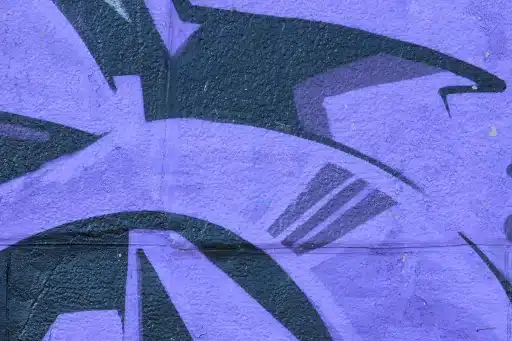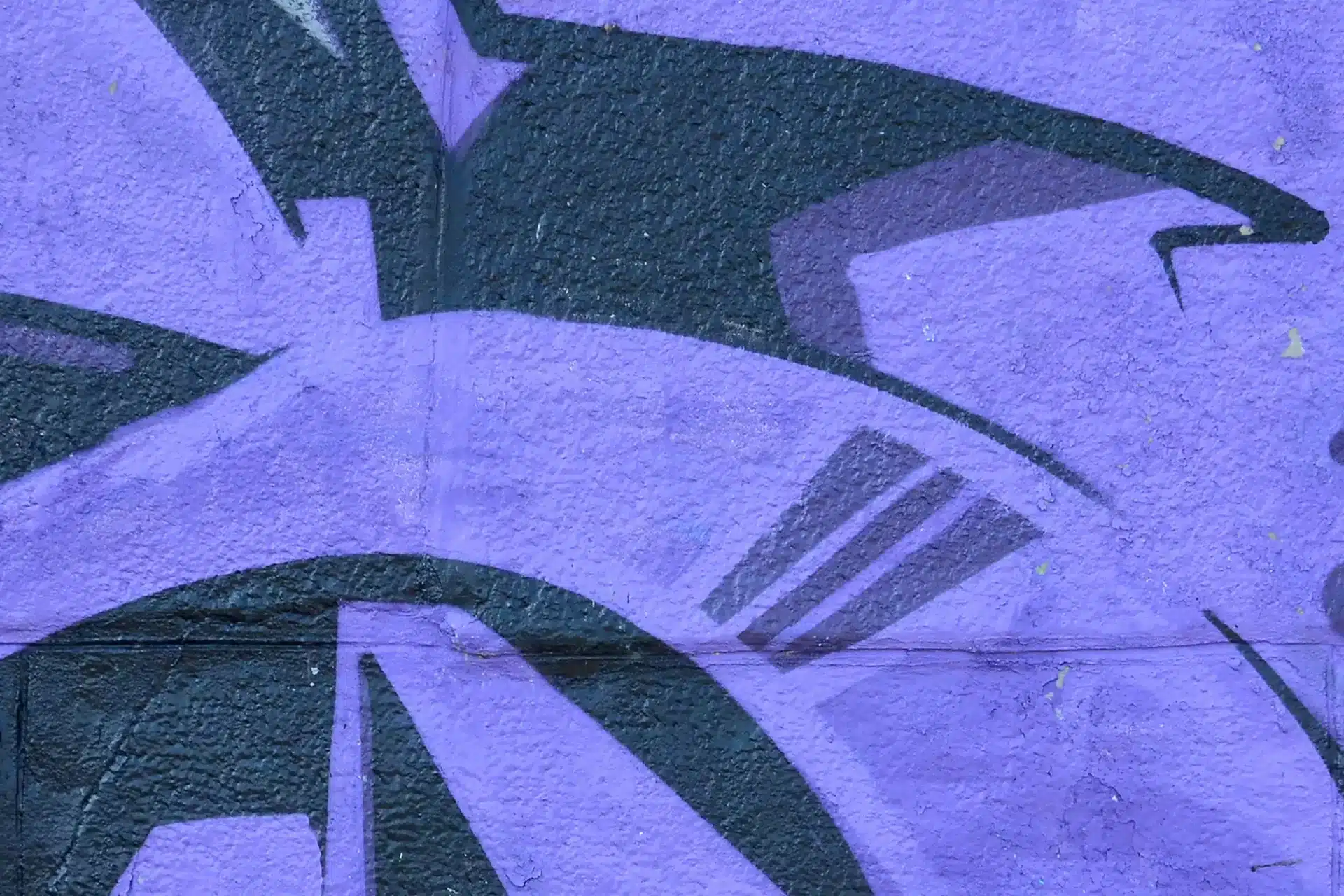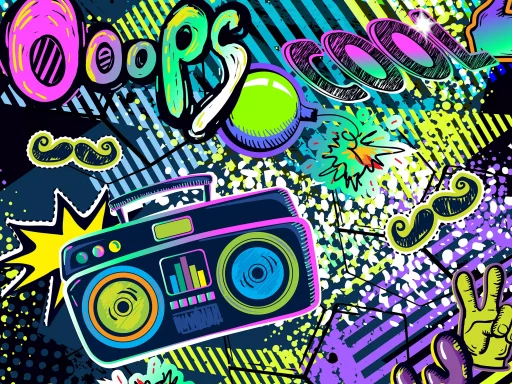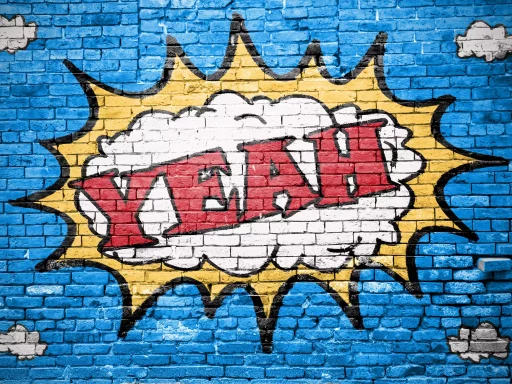Introduction
As TikTok continues to surge in popularity among millions of users worldwide, the specter of a potential ban looms ever larger. Governments and regulatory bodies have raised concerns over data privacy, national security, and the app’s influence on younger audiences. This article delves into recent developments regarding the TikTok ban, highlighting key events, case studies, and statistics that inform the current landscape.
Current Status of TikTok Bans Around the World
While TikTok enjoys immense popularity, various countries have considered or enacted bans against the app. As of 2023, here’s a breakdown of the current status:
- India: One of the first countries to impose a ban on TikTok in June 2020, citing data privacy concerns. The ban remains in effect.
- United States: The debate continues, with several states implementing restrictions on the app for government and school devices. Legislation aiming for a nationwide ban is currently stalled in Congress.
- European Union: Countries like Belgium and France have escalated scrutiny, but no outright bans have been introduced yet. The EU’s Digital Services Act may influence future regulations.
- Pakistan: The country has periodically banned TikTok over content-related issues, though many of these bans were temporary.
Reasons Behind the Ban Discussions
Several key reasons have contributed to the ongoing discussion regarding a TikTok ban:
- Data Privacy Concerns: Governments are increasingly worried about how TikTok collects and uses user data. Allegations of data mishandling have spurred calls for bans in multiple countries.
- National Security: Many officials assert that the Chinese-owned app poses a risk since user data could potentially be accessible to the Chinese government.
- Influence on Youth: The content shared on TikTok has raised alarms about mental health and safety among younger users. Critics argue the app can facilitate harmful trends and misinformation.
Case Studies and Examples
Several notable case studies highlight the consequences of TikTok bans and their implications:
- India’s Ban: Following the ban on TikTok, many content creators and influencers reported an economic impact due to the sudden loss of their platforms. Notably, some transitioned to platforms like YouTube and Instagram, though the audience engagement levels differed significantly.
- Kentucky’s State Ban: In 2022, Kentucky became one of the first states in the U.S. to ban TikTok on state devices, prompting criticism and questions from users about their digital freedom.
- Temporary Bans in Pakistan: In 2021 and 2022, Pakistan imposed temporary bans due to inappropriate content. These bans resulted in public outcry and debates around censorship versus content freedom.
Statistics on TikTok User Engagement
Despite the controversies, TikTok has amassed impressive statistics that underscore its influential position in the social media landscape:
- As of late 2023, TikTok reports over 1 billion active users worldwide.
- Approximately 60% of TikTok users are between the ages of 16 and 24, highlighting its strong youth demographic.
- Users spend an average of 52 minutes per day on the app, emphasizing its addictive nature.
Looking Ahead: What Could Happen Next?
The future of TikTok remains uncertain as regulatory concerns evolve. Here are potential scenarios:
- Increased Regulation: Countries may see more stringent regulations and demands for transparency, potentially impacting content and user experience.
- Legal Challenges: If a nationwide ban is pursued in the U.S., it could result in legal battles that could redefine tech regulations.
- Market Adaptation: TikTok may adapt by enhancing its privacy features and partnering with local content creators to bolster its image.
Conclusion
The TikTok ban discussions reflect larger global concerns surrounding data security, privacy, and the impact of social media. As lawsuits, legislation, and public opinion continue to shape the narrative, stakeholders must weigh the app’s benefits against its potential dangers. For now, TikTok remains a vibrant platform, yet its future may hinge on how well it addresses the growing apprehensions of governments and users alike.






